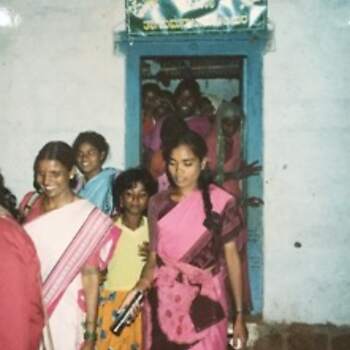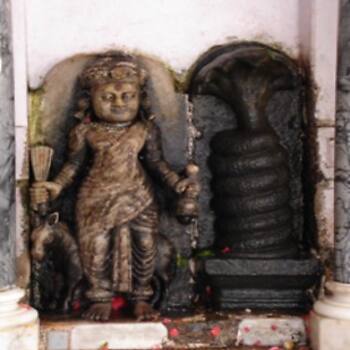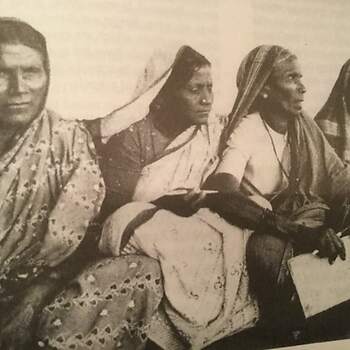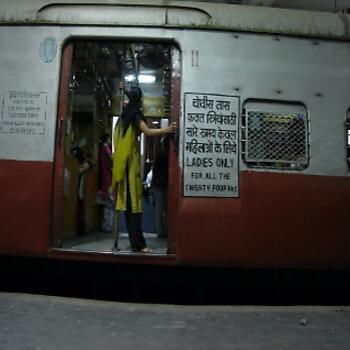The MS program was launched in 1988 for the education and empowerment of women in rural areas, particularly of women from socially and economically marginalized groups. It started in 10 Districts from 3 states namely Uttar Pradesh, Gujarat, and Karnataka. MS societies were registered in those states by the government. These societies were made responsible for the implementation of this program. In April 1989 the government of the Netherlands agreed to fund the program. Mahila Samakhya started as a pilot project and has grown into a program of scale and is currently being implemented in 60 backward districts in the country covering over 9000 villages in 10 states (2014). It is estimated that over 200.000 women are actively mobilised and organised by the programme with a much larger number being impacted indirectly. The programme is being implemented in the states of Andhra Pradesh, Assam, Bihar, Jharkhand, Karnataka, Kerala, Gujarat, Uttar Pradesh, Uttaranchal.
The core of the MS program is the women’s groups (Sangha’s) and the women's group leaders (Sahoyogini’s). Various educational programs are implemented based on women’s needs. Women are encouraged to collectively solve their problems and, in so doing, become empowered to address a wide variety of issues and challenges by themselves. Problems addressed are related to (social- and cultural) isolation, lack of self-confidence and self-esteem, oppressive social customs and struggle for survival. MS has adopted an innovative approach that emphasizes the process rather than the “mechanical” fulfillment of targets. MS addresses education in an inclusive manner, combining education, health, human and women’s rights and governance, and economic empowerment.
MS is registered as a society (autonomous body) under the direct control and funded by the Ministry of Human Resources and Development (MHRD). As the MS works in states they also work closely with the state government. The idea behind MS was to create an organization that can work as a bridge between NGOs and the government. The structure is created in such a manner that it has the freedom and spirit of NGO and stability and support like other government departments. As MS is an autonomous body in every state MS has evolved differently and has decided different goals for themselves keeping the focus of women empowerment.
What has emerged today out of this MS experience, is a flexible and vibrant structure that is neither Government nor non- Governmental. The programme has sought to adapt the best elements from both. The programme continues to innovate and evolve new directions based on experience and understanding. There has been considerable streamlining of budgets, plans, and procedures. Strategies are continually being reviewed and changed to ensure the sustainability of processes. New strategies are being developed for making Sangha’s independent of MS through the creation of sangha federations, especially in the older areas. In the newer expansion areas, like Assam, a focus on self-reliance is being built in from the initial stages of mobilising women into sangha’s.



